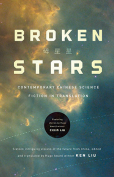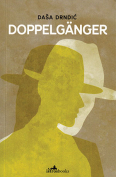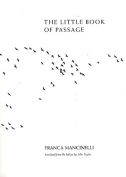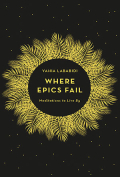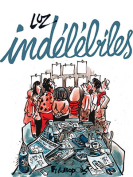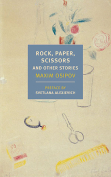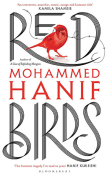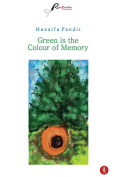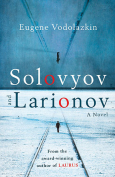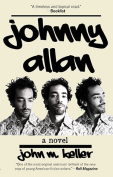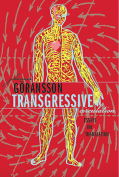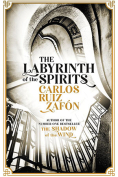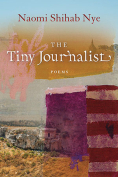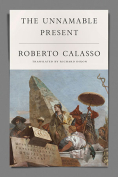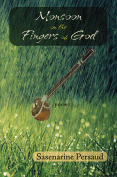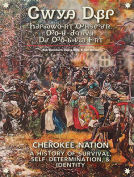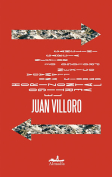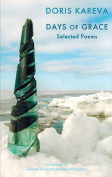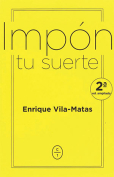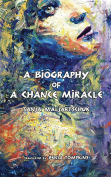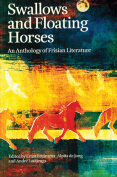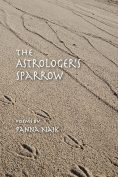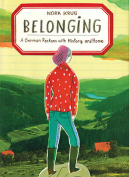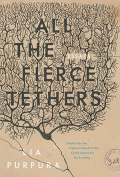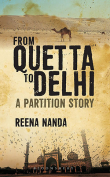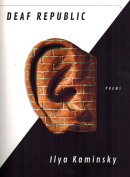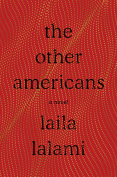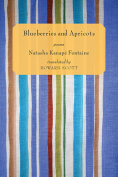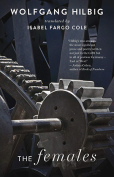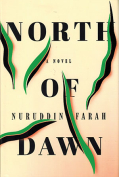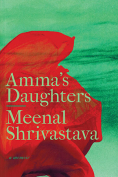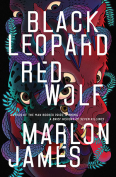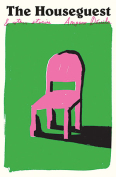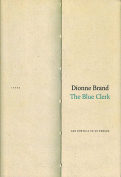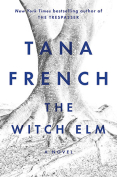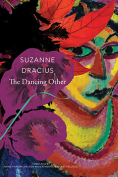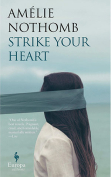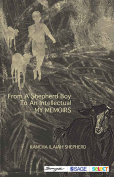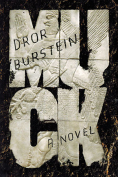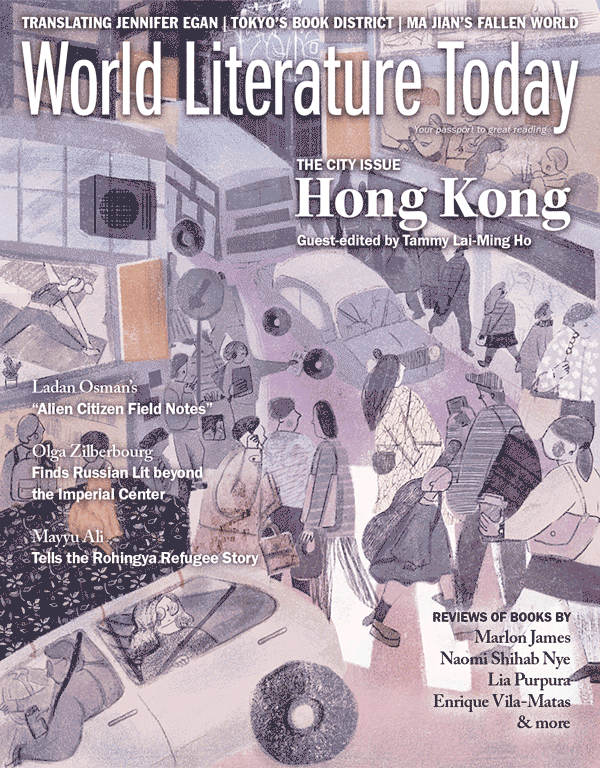Red Birds by Mohammed Hanif
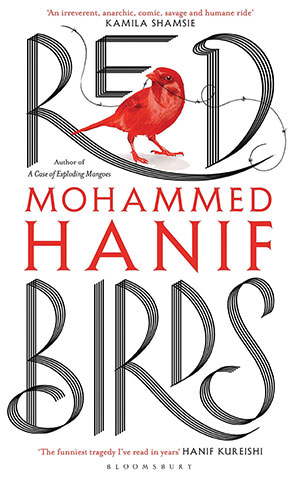 London. Bloomsbury. 2018. 283 pages.
London. Bloomsbury. 2018. 283 pages.
The ghastliness of war and its consequent unsavory realities are subtly captured in Mohammed Hanif’s recent novel, Red Birds. Hanif demonstrates his finesse by dovetailing the tenebrous story of war with comic yet insightful scenes that bring tragicomic effects to the novel. Often satirical in tone, the book derides the absurdity of war in a highly provocative and intriguing fashion.
Red Birds opens in a nameless and postwar devastated desert where an American air force pilot, Major Ellie, crash-lands near a refugee camp. And here he encounters a clever twelve-year-old lad, Momo, whose mind is obsessively dominated by money-making capitalist ideas and who irritates the major often. Hungry and wandering for ten days, Major Ellie agrees to move to Momo’s temporary home in the camp. He is introduced to Momo’s parents and his dog, Mutt, which is, of course, an important character in the novel. Hanif is a skilled master of drawing vivid characters that may appear funny but represent disquieting realities of their own. Momo, whose brother is lost (presumably captured by enemy forces in their base called “Hangar”) and has a grieving mother, is emblematic of the war-shattered youth of a traumatized nation. His funny yet cutting observations on war make an insightful conversation that makes the novel a gripping read.
The most essential and noticeable feature of Hanif’s writing is the description of the brutal aftermath of war. Although the novel is set in an unnamed country, it may be conjectured to be somewhere in the Middle East, where American forces rained down bombs in order to decimate the country. The novel is a scathing yet wry critique of American war policies and coercive US involvement in the Middle East.
Hanif’s greatest accomplishment lies in how he successfully mashes together two diverging prospects—comic and tragic—and offers a beautiful concoction to his readers. Though his prose has no ornamental frills and no redundant fancifulness, his engaging style and the gripping narrative make it an interesting read.
Mohammad Farhan
Aligarh Muslim University
